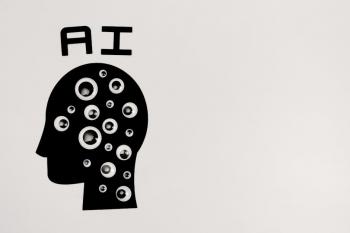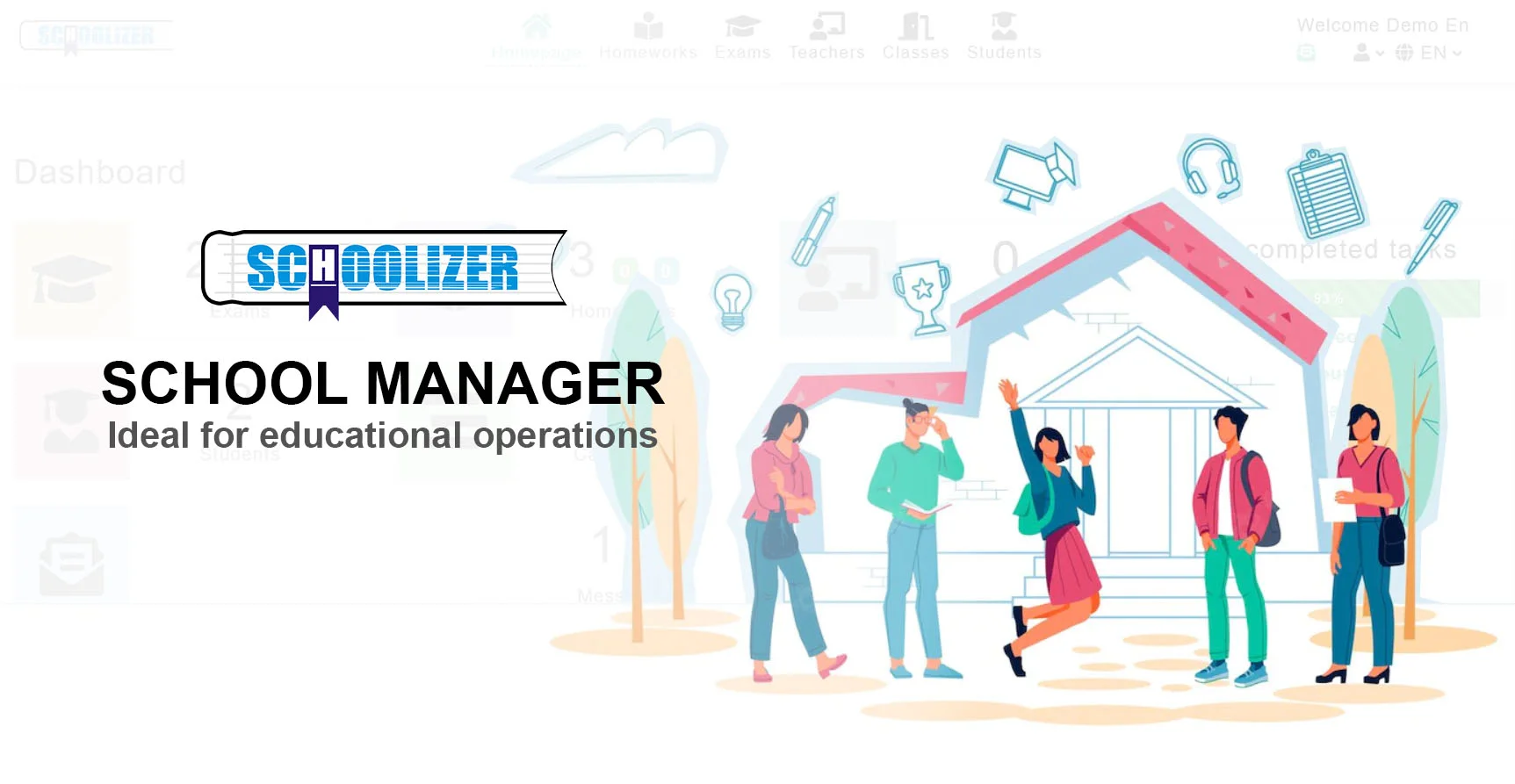How to Teach Artificial Intelligence Without Using Technology

How to Teach Artificial Intelligence Without Using Technology
What if you could teach the fundamentals of artificial intelligence (AI) without a single computer or device? Why is it important to explore AI concepts beyond screens and algorithms? How can educators make AI accessible to all students, even in low-tech environments? These questions challenge the conventional approach to teaching AI, opening doors to creative, hands-on learning experiences.
Understanding AI Beyond Technology
Artificial intelligence is often associated with complex coding, machine learning models, and high-tech tools. However, at its core, AI is about problem-solving, pattern recognition, and decision-making—skills that can be taught without digital devices. By focusing on the foundational principles, educators can demystify AI and make it relatable to students of all ages.
For example, teaching how AI recognizes images can be simplified using flashcards. Students can sort images into categories manually, mimicking how an AI system classifies data. This activity reinforces the concept of machine learning without requiring any software.

Hands-On Activities for Teaching AI Concepts
1. The Human Neural Network
One powerful way to teach neural networks is by simulating them with students. Arrange the class in a network where each student represents a neuron. Pass information (like a simple drawing instruction) from one "neuron" to another, observing how the message changes—just like weights and biases affect data in AI models.
2. Decision Trees with Everyday Objects
Use physical objects like fruits or toys to create decision trees. Students can classify items based on features (color, shape, size), learning how AI makes decisions through branching logic.

Storytelling and Role-Playing AI Scenarios
Narratives help contextualize abstract AI concepts. Have students role-play different AI applications:
- A student acts as a chatbot, answering questions based on pre-defined rules
- Groups simulate self-driving cars making ethical decisions at crossroads
- Classes debate the implications of AI job automation through mock town hall meetings
These activities build critical thinking about AI's societal impact while avoiding technical jargon.
Board Games and Physical Simulations
Many classic games naturally teach AI principles:
- Chess demonstrates search algorithms and decision trees
- Guess Who? showcases binary classification
- Custom-made card games can simulate machine learning training processes
Educators can modify existing games or create new ones specifically designed to illustrate AI concepts through physical interaction.

Ethics and Critical Discussions About AI
Teaching AI isn't just about how it works, but also its societal implications. Conduct debates and discussions on:
- Bias in AI decision-making (using real-world examples)
- The ethics of facial recognition technology
- Automation's impact on future careers
These conversations develop crucial digital citizenship skills and help students think critically about technology they'll encounter daily.
Assessing AI Understanding Without Technology
Evaluation can remain low-tech through:
- Concept mapping exercises
- Design challenges ("Create an AI solution for our school...")
- Peer teaching presentations
- Reflection journals about AI's role in society
These methods assess comprehension while reinforcing that AI literacy extends far beyond programming skills.






